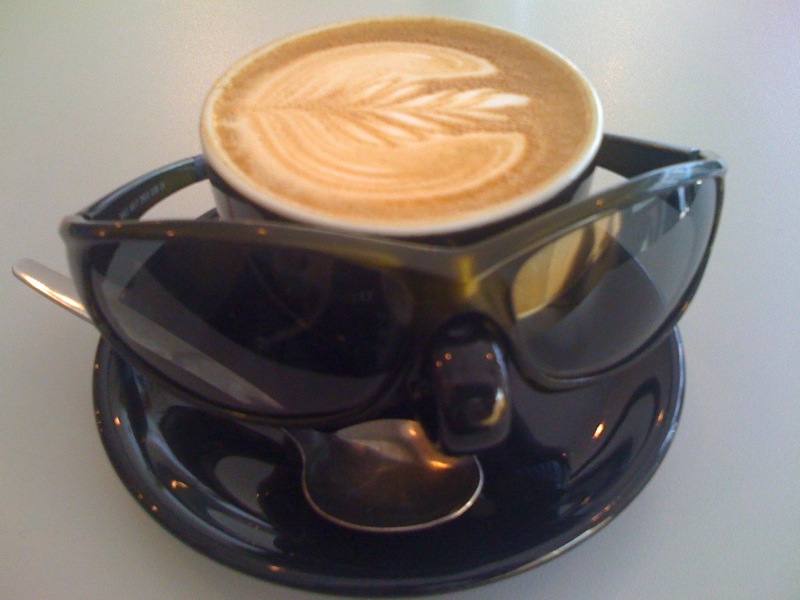Tracking shocked dust
Published:
Our group’s latest paper has been accepted for publication published in Physics of Plasmas:
“Tracking shocked dust: state estimation for a complex plasma during a shock wave” Neil P. Oxtoby, Jason F. Ralph, Céline Durniak and Dmitry Samsonov.
Read the abstract and download from Physics of Plasmas DOI 10.1063/1.3678201 or arXiv:1112.5316.
Overview: The motion of “dust” particles in a complex plasma are obtained by computer-processing frames of a high-speed video. This gives us particle positions as a function of time. An individual particle’s velocity is usually obtained from consecutive positions — a technique known as particle tracking velocimetry (PTV). This yields an estimate of average velocity between frames with precision limited by the precision of the particle’s positions. In particular, pixel locking will propagate into velocity estimated using PTV. We include a Bayesian inference step in the tracking procedure - using an extended Kalman filter to predict the particle position, velocity and acceleration. The prediction is based on a priori knowledge of the dust dynamics. We show that Prediction + Measurement (in a weighted sum) = significantly higher precision than PTV. We also go further to use an interacting multiple model (IMM) filter that handles the shock wave excitation nicely - see the paper for details (quite technical).
The bottom line for physics: Target tracking (state estimation) can significantly improve the precision of velocity estimates for the dust. This is of major importance for calculating condensed-matter-like quantities such as pressure/stress, kinetic temperature, and dynamic viscosity — to name a few. We calculated a pressure-volume diagram from our results, showing excellent qualitative agreement between experiment and simulation.
